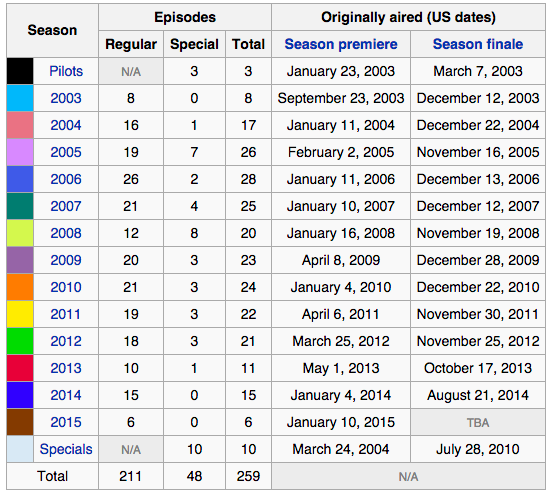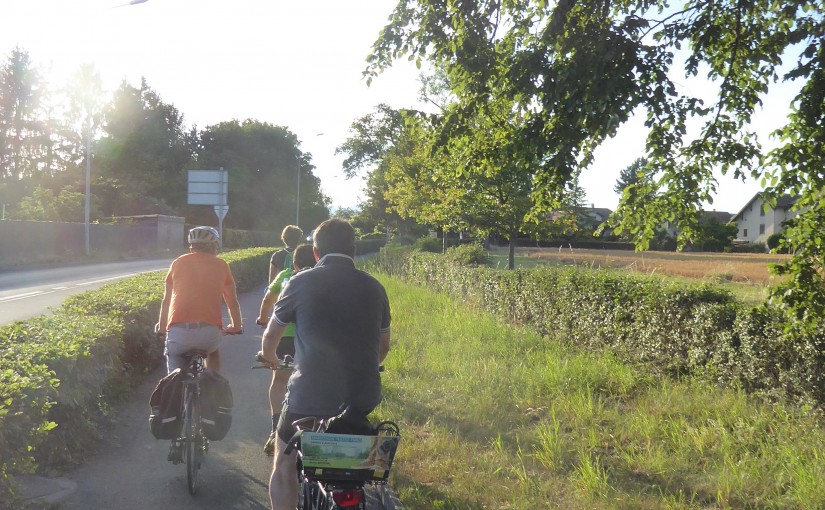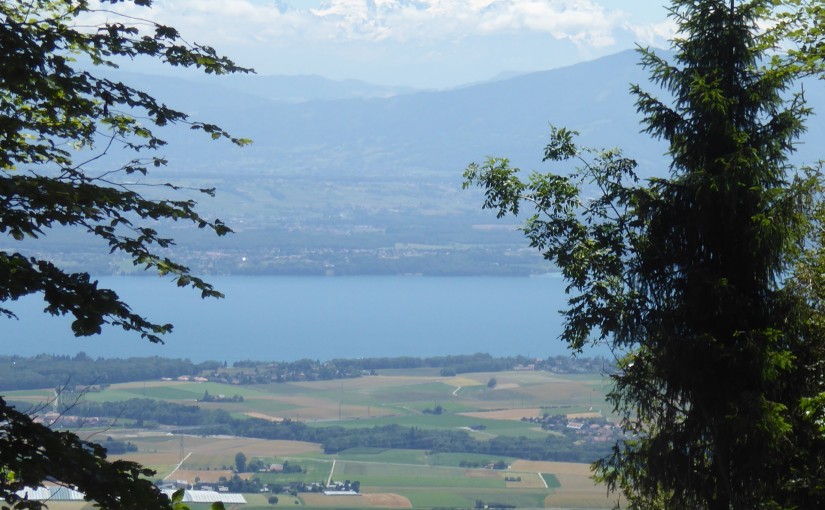Month: June 2015
-

Mythbusters: A Fun Documentary Series
Reading Time: 2 minutesRecently Netflix Switzerland made Mythbusters available on their service. As I watched episode after episode I noticed the camaraderie between those who participate in the show. We see that Adam and Jamie occasionally argue but that overall they are having a lot of fun. We see them laugh, joke, tease each other,…
-
Geneva to Hermance on a bike
Reading Time: < 1 minuteHermance is a place where I have dived frequently and so it is only natural that I hard to ride from Geneva to Hermance on a bike. The ride is an easy and pleasant ride. It takes you out of Geneva and through the fields to the East of Geneva before…
-

Exploring Geneva at 30 kilometres per hour
Reading Time: < 1 minuteExploring Geneva at 30 kilometres per hour makes a nice change from driving in the city. Yesterday I met with the Geneva Bike and beer group. It’s an activity from within the broader Geneva based Glocals activities. The pace is reasonable and the loop is about 20km for this second group…
-
Cycling with the London Beer Bike group and with a group in Geneva
Reading Time: < 1 minuteThe London Beer Bike group could tempt me to move back to London when and if I can find work there. When I left London it was the city of social media, where for the months after I graduated from University I would go to tweetups, seesmeetups and more. The last…
-

Cycling up to La Barillette
Reading Time: 2 minutesCycling over short distances can be a challenge especially when that short distance takes you from the foot of the Jura to the top over 12 kilometres at a 6-10% grade. Cycling up to La Barillette is an endurance test. Perseverance is key. You can start the climb either from Cheserex or Gingins.…
-
FLYER THE ESSENCE OF E MOUNTAIN BIKING
Reading Time: < 1 minute Mountain biking is a sport that is growing in popularity. We see that technology is keeping up with the riders. Between suspension, specialist tires and safety equipment the sport has had the freedom to become more adventurous. Bigger jumps, more travel, stronger components all allow the sport to become more…
-
Tudor Monastery Farm – A documentary series
Reading Time: < 1 minuteI took advantage of a rainy day to watch a series of documentaries by the BBC called Tudor Monastery Farm. It is a documentary series where three individuals live the life people would have lived at the relevant time period for a year. During this year they try farming, mining, fishing…
-
Edwardian Farming, a BBC documentary series about the life of Edwardian farmers.
Reading Time: < 1 minuteI really like this documentary series about Edwardian Farming. it is a fly on the wall documentary following three people through a year on an edwardian farm close to Dartmoor. They experiment with market farming, food preparation of the time, trout farming and so much more. It is relaxing and without…